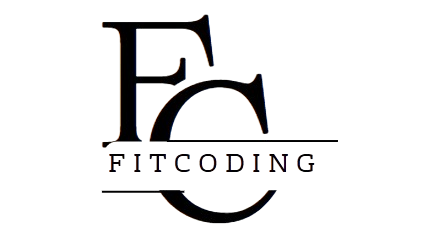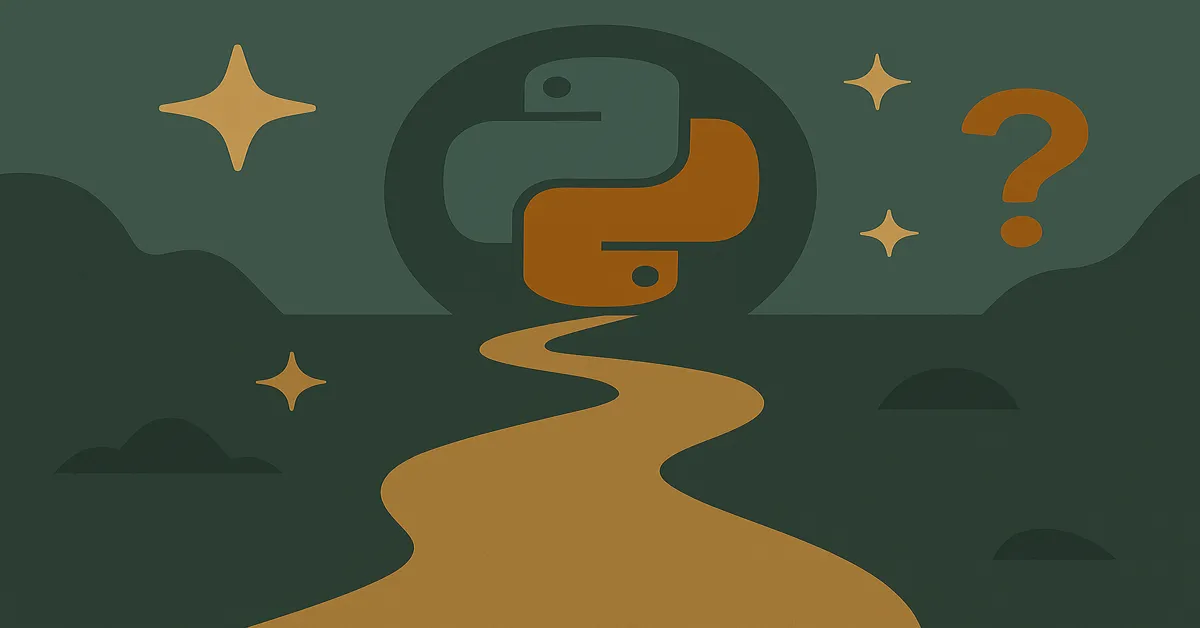When Guido van Rossum first conceived Python in the late 1980s, little did he know it would become the lingua franca of modern programming, spanning disciplines far beyond traditional software development. While Python is commonly associated with web applications, automation scripts, and machine learning, its versatility extends far into uncharted territories, quietly revolutionizing fields scarcely imagined by developers and tech enthusiasts alike. Here, we journey through the unexplored potentials of Python, pushing the boundaries of conventional development and discovering remarkable innovations – Uncharted Realms of Python.
1. Computational Fashion Design
Fashion design has long been the province of creativity and craftsmanship. Yet Python’s flexible libraries and algorithms empower designers to explore computational fashion, blending digital art with fabric technology. Libraries such as TensorFlow and PyTorch, typically linked to AI research, are now utilized in generating intricate, never-before-seen textile patterns. Python’s ability to handle image processing and machine learning aids designers in predicting fashion trends and crafting garments that dynamically respond to environmental stimuli, reshaping fashion into a genuinely futuristic art form.
2. Quantum Computing Interfaces
Quantum computing remains largely an enigma to many, yet Python’s straightforward syntax and vast support network have made it a prime candidate to bridge classical and quantum paradigms. Python libraries such as Qiskit by IBM and Google’s Cirq facilitate creating quantum algorithms, simulating quantum circuits, and even deploying computations on real quantum hardware. By simplifying quantum computing complexity, Python positions itself as the key tool for next-generation programmers looking to unlock unprecedented computational power – Uncharted Realms of Python.
3. Biodegradable Software Embedded in Organic Materials
Emerging research suggests Python’s adaptability is also crucial in developing biodegradable software, integrated into organic substrates. Python scripts developed for embedded devices can regulate environmental sensors within biodegradable packaging, agricultural aids, or even medical implants. Python’s compatibility with microcontrollers such as ESP32 enables developers to create sustainable solutions that naturally degrade after their operational lifespan, significantly reducing electronic waste and environmental harm.
4. Emotionally Intelligent Robots
Robotics programming traditionally involves rigid coding structures, but Python’s versatile machine learning frameworks are paving the way for emotionally intelligent robots. By integrating natural language processing (NLP) libraries like spaCy and sentiment analysis techniques, Python-powered robots can effectively interpret human emotional nuances, enabling applications in elder care, psychological support, and personalized education. Such emotional responsiveness represents a groundbreaking shift from robotic automation to genuine robotic empathy.
5. Autonomous Space Agriculture
Python has quietly penetrated the aerospace sector, facilitating the development of autonomous agricultural systems for space colonization. NASA and private aerospace companies leverage Python scripts to analyze plant growth, optimize resource use, and predict crop viability under extraterrestrial conditions. Python’s rich data-handling capabilities make it uniquely suitable for these life-sustaining innovations, ensuring astronauts can sustainably cultivate food during prolonged space missions.
6. Predictive Archaeology and Historical Reconstruction
Predictive archaeology, another novel application of Python, combines machine learning, geographic information systems (GIS), and historical data to accurately forecast archaeological site locations. Libraries like GeoPandas and SciKit-Learn allow researchers to reconstruct historical landscapes, predicting the existence of previously undiscovered sites. Python thus transforms archaeology from a reactive discipline into a proactive science, illuminating historical narratives long lost to human memory.
7. AI-Driven Music Composition
The music industry has also been subtly transformed by Python’s capabilities. Tools like Magenta and music21 harness deep learning techniques to compose original music. Python scripts analyze music theory, patterns, and historical styles, creating compositions indistinguishable from human-created pieces. From symphonic orchestrations to contemporary electronic tracks, Python’s musical algorithms challenge the definition of creativity itself, fostering collaborations between AI and musicians.
8. Personalized Nutrigenomics
In healthcare, Python emerges at the forefront of nutrigenomics—the intersection of nutrition and genetic data. Python’s data-processing prowess enables custom dietary recommendations based on genetic profiles. Bioinformatics libraries such as Biopython facilitate genetic data interpretation, allowing precise, personalized nutritional strategies aimed at disease prevention and enhanced wellness, fundamentally altering approaches to personal healthcare.
9. Digital Ethics and Bias Detection Systems
Ethics in technology remains a persistent concern. Python addresses these concerns head-on with bias detection and digital ethics frameworks. Libraries like AIF360 from IBM use Python to analyze fairness in datasets, algorithms, and software applications, systematically uncovering biases. This novel Python application contributes significantly to fostering ethical transparency across industries, from finance and healthcare to education and hiring.
10. Cognitive Prosthetics and Augmented Human Interfaces
Python programming supports the development of cognitive prosthetics—devices that augment human cognitive capabilities. Researchers employ Python-driven machine learning and neuroscience libraries to develop advanced interfaces for prosthetic limbs or brain-computer interfaces (BCIs). This cutting-edge research pushes Python’s boundaries into neurotechnology, promising enhanced autonomy and quality of life for individuals with disabilities or cognitive impairments – Uncharted Realms of Python.
Conclusion: Beyond the Horizon
Python’s journey from a simple, readable scripting language to a powerful multidisciplinary tool reveals the boundless creativity within the development community. Its ongoing evolution into realms such as quantum computing, computational fashion, emotionally intelligent robots, and cognitive prosthetics signifies just how dramatically technology can transform the human experience. As developers continue to explore these fascinating frontiers, Python’s greatest contributions may yet lie ahead—shaping not just software, but the very fabric of human innovation – Uncharted Realms of Python.
Read:
The Best Way to Master Python: A Comprehensive Blueprint for Real Fluency
Understanding Arithmetic Operators in Python: A Developer’s 2025 Guide
30 Python Interview Questions: A Comprehensive Guide for 2025
Python Programming: Tripling Numbers in a List Using Python’s Map Function
FAQs
Q1: Is Python suitable for beginners interested in quantum computing?
Yes, Python’s simplicity and the availability of libraries like Qiskit and Cirq make it accessible even to beginners.
Q2: Can Python really be used in fashion design?
Absolutely. Python supports computational fashion through image processing and AI-driven textile pattern generation.
Q3: How does Python support sustainability efforts in technology?
Python can create biodegradable software for sustainable technology, significantly reducing electronic waste.
Q4: Are emotionally intelligent robots a reality today?
Python-driven machine learning and NLP are enabling significant advances in emotionally intelligent robotic systems, bringing these robots closer to reality.
Q5: Can Python help astronauts grow food in space?
Yes, Python scripts are actively used by space agencies to analyze and optimize autonomous agriculture systems for space environments.











